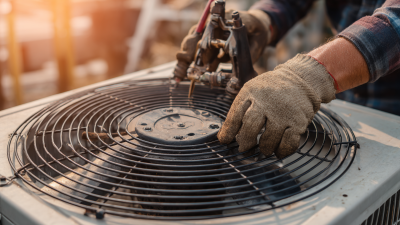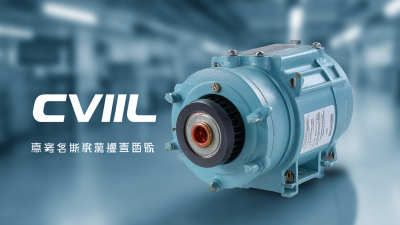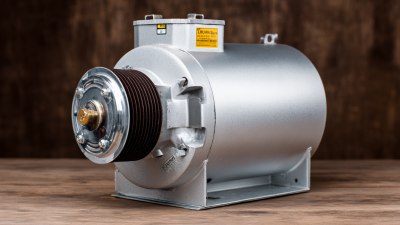




When it comes to enhancing home efficiency, choosing the right Attic Fan Motor is crucial. According to the U.S. Department of Energy, improperly ventilated attics can raise cooling costs by 20% to 50% during hot summer months, leading to increased energy consumption and discomfort. An efficient attic ventilation system, powered by a well-chosen fan motor, helps regulate attic temperatures and reduces strain on HVAC systems, ultimately resulting in substantial energy savings. Research from the Home Ventilating Institute indicates that an effective attic fan can reduce attic temperatures by up to 30 degrees Fahrenheit, allowing homes to maintain a more stable indoor climate. Selecting the best Attic Fan Motor not only contributes to energy efficiency but also extends the lifespan of your roofing materials, making it a vital consideration for homeowners looking to optimize their energy usage while enhancing overall comfort and durability.
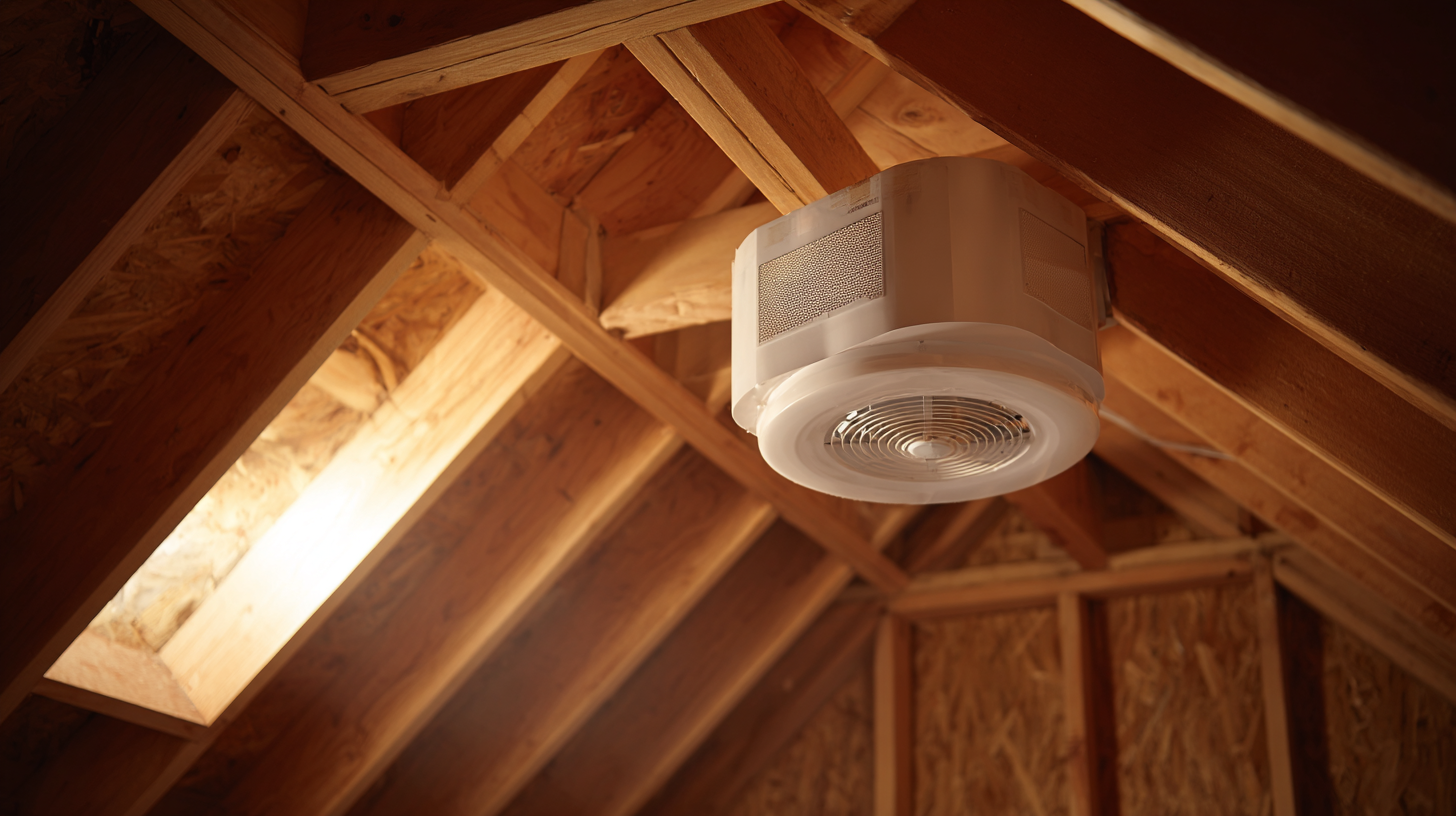
The importance of attic fan motors in enhancing home efficiency cannot be overstated. According to the U.S. Department of Energy, homes with proper ventilation systems can reduce cooling costs by as much as 30%. This reduction is primarily attributed to attic fans, which help circulate air and expel hot air from the attic, thus maintaining a cooler and more consistent temperature throughout the home. A well-functioning attic fan motor is crucial to this process, as it directly influences the fan's performance and energy consumption.
In addition to cooling benefits, attic fan motors also play a significant role in prolonging the lifespan of roofing materials, as excessive heat can lead to deterioration. The American Society of Heating, Refrigerating and Air-Conditioning Engineers (ASHRAE) emphasizes the significance of managing attic temperatures to prevent heat buildup. A quality attic fan motor can provide consistent efficiency and durability, ideal for homeowners looking to optimize energy use while minimizing long-term costs. With a strategic choice of motors, homeowners can achieve substantial energy savings while contributing to a more comfortable living environment.
 When selecting an attic fan motor, several key factors should be taken into consideration to ensure optimal home efficiency. First, consider the size of your attic and the fan's airflow capacity, which is measured in cubic feet per minute (CFM). According to industry experts, a general rule of thumb is to have 1 square foot of vent area for every 300 CFM, aiming to effectively exhaust heat buildup in the attic. This is particularly crucial during hotter months when attics can reach unbearable temperatures, impacting the overall comfort of your home.
When selecting an attic fan motor, several key factors should be taken into consideration to ensure optimal home efficiency. First, consider the size of your attic and the fan's airflow capacity, which is measured in cubic feet per minute (CFM). According to industry experts, a general rule of thumb is to have 1 square foot of vent area for every 300 CFM, aiming to effectively exhaust heat buildup in the attic. This is particularly crucial during hotter months when attics can reach unbearable temperatures, impacting the overall comfort of your home.
Another essential factor is energy efficiency. Opting for a motor with higher energy efficiency ratings can lead to significant savings on electricity bills over time. Many modern attic fans are equipped with features such as variable speed settings and remote operation, allowing homeowners to customize airflow based on real-time needs. Data indicates that efficient attic ventilation can reduce cooling costs by as much as 15%, helping to maintain a more stable indoor climate while minimizing the strain on your HVAC system. Therefore, choosing the right motor not only enhances comfort but also promotes energy conservation in your home.
When selecting the best attic fan motor for your home, it’s essential to understand the different types available on the market. The most common types include standard induction motors, variable speed motors, and DC motors.
Standard induction motors are widely used due to their simplicity and cost-effectiveness, making them a popular choice for general ventilation needs. However, they may not offer the efficiency that some homeowners seek, leading to higher energy costs.
Variable speed motors provide greater flexibility, allowing homeowners to adjust the fan's speed based on the current temperature and ventilation needs. This adaptability can lead to significant energy savings over time, as these motors can operate at lower speeds during milder weather conditions.
On the other hand, DC motors are known for their energy efficiency and quieter operation. They use less electricity compared to traditional AC motors, making them an excellent investment for those prioritizing both performance and sound levels in their homes. Each type has its advantages, and understanding these differences can help homeowners make an informed decision that best suits their attic ventilation requirements.
Assessing your home’s ventilation needs is crucial in determining the appropriate size of an attic fan motor. According to the U.S. Department of Energy, effective attic ventilation can help reduce cooling costs by up to 30% during the summer months. To start, you should calculate the square footage of your attic space. A general rule of thumb is to allow 1 square foot of vent area for every 150 square feet of attic space. This ensures sufficient airflow, preventing heat buildup that can strain your HVAC system.
Additionally, consider the local climate and your specific home characteristics. Regions with hot, humid summers may require a more robust ventilation solution. According to the American Society of Heating, Refrigerating, and Air-Conditioning Engineers (ASHRAE), the ideal air exchange rate for attic spaces largely depends on humidity levels and temperature variations. Therefore, determining the right fan motor size not only enhances comfort but also promotes energy efficiency, potentially lowering energy bills considerably over time.
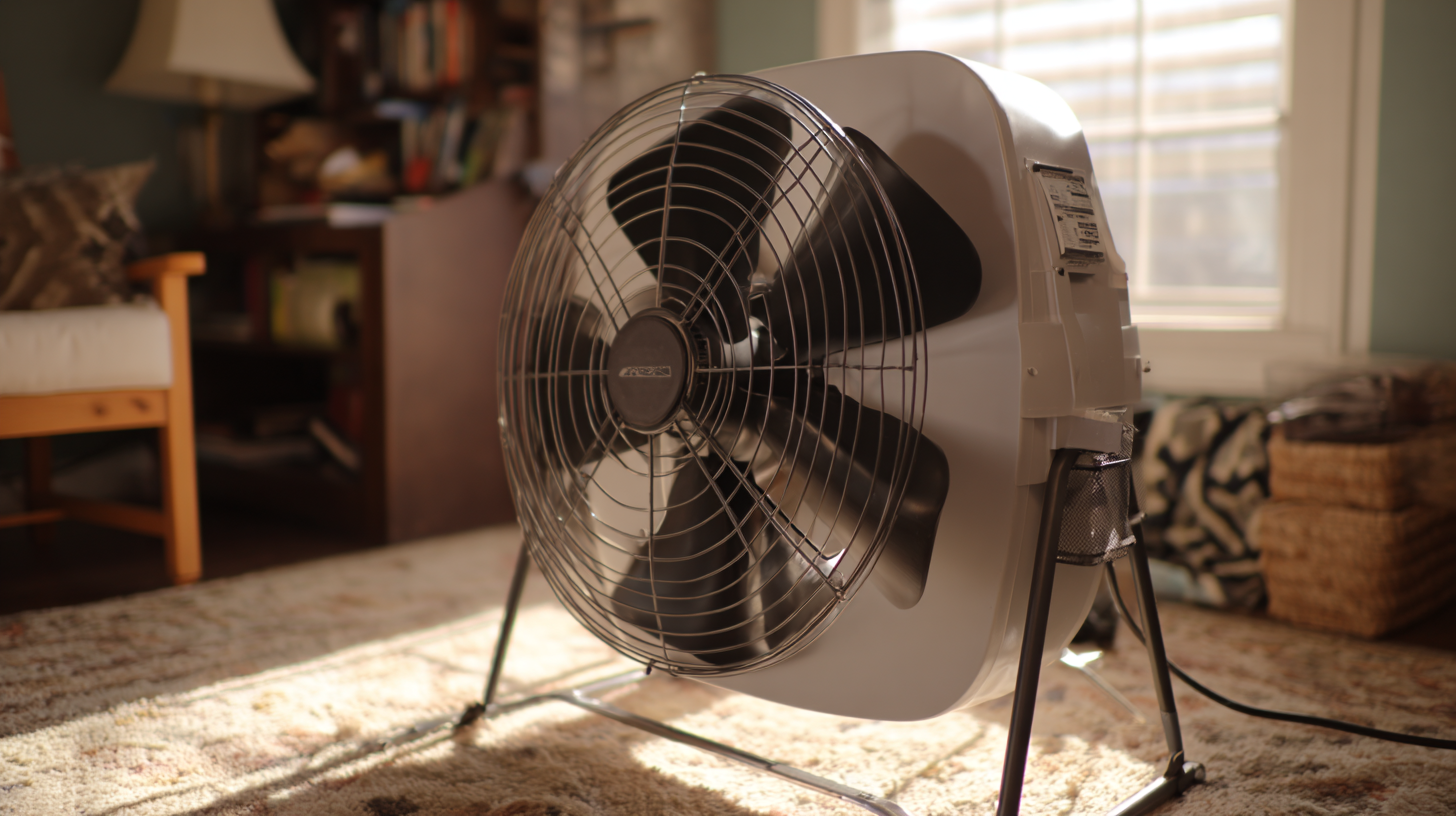
When it comes to ensuring optimal installation and maintenance of attic fans, there are key considerations that can significantly enhance your home's efficiency. According to the Home Ventilating Institute, properly installed attic fans can reduce cooling costs by up to 30%, highlighting the importance of correct placement and sizing. Selecting a fan that matches your attic size and home ventilation needs is critical.
**Tips:** Begin by assessing your attic's square footage to determine the appropriate fan size. A general rule of thumb is to have 1 square foot of ventilation for every 300 cubic feet of attic space. Additionally, ensure that your fan is installed in a shaded area or away from direct sunlight, as this can improve its performance and longevity.
Another vital aspect is regular maintenance. Experts recommend cleaning your attic fan annually, which involves removing debris and checking for any wear or obstructions. This can help maintain optimal airflow and prolong the motor's lifespan. Investing time in these practices not only supports efficient operation but can also lead to significant energy savings, reinforcing the value of attic fans in enhancing your home’s efficiency.
| Feature | Description | Importance |
|---|---|---|
| Motor Type | DC Motor vs AC Motor | DC motors are typically more efficient and quieter. |
| Power Rating | Measured in Watts | Higher wattage can move more air but may consume more energy. |
| CFM Rating | Cubic Feet per Minute | Indicates airflow, important for proper ventilation. |
| Energy Efficiency Rating | Measured as EER or SEER | Higher ratings lead to lower operational costs. |
| Material | Steel vs Plastic | Steel is more durable, while plastic can be lighter and less expensive. |
| Noise Level | Measured in decibels (dB) | Quieter fans are preferable for residential areas. |
| Warranty | Length of Coverage | A longer warranty indicates confidence in durability. |


